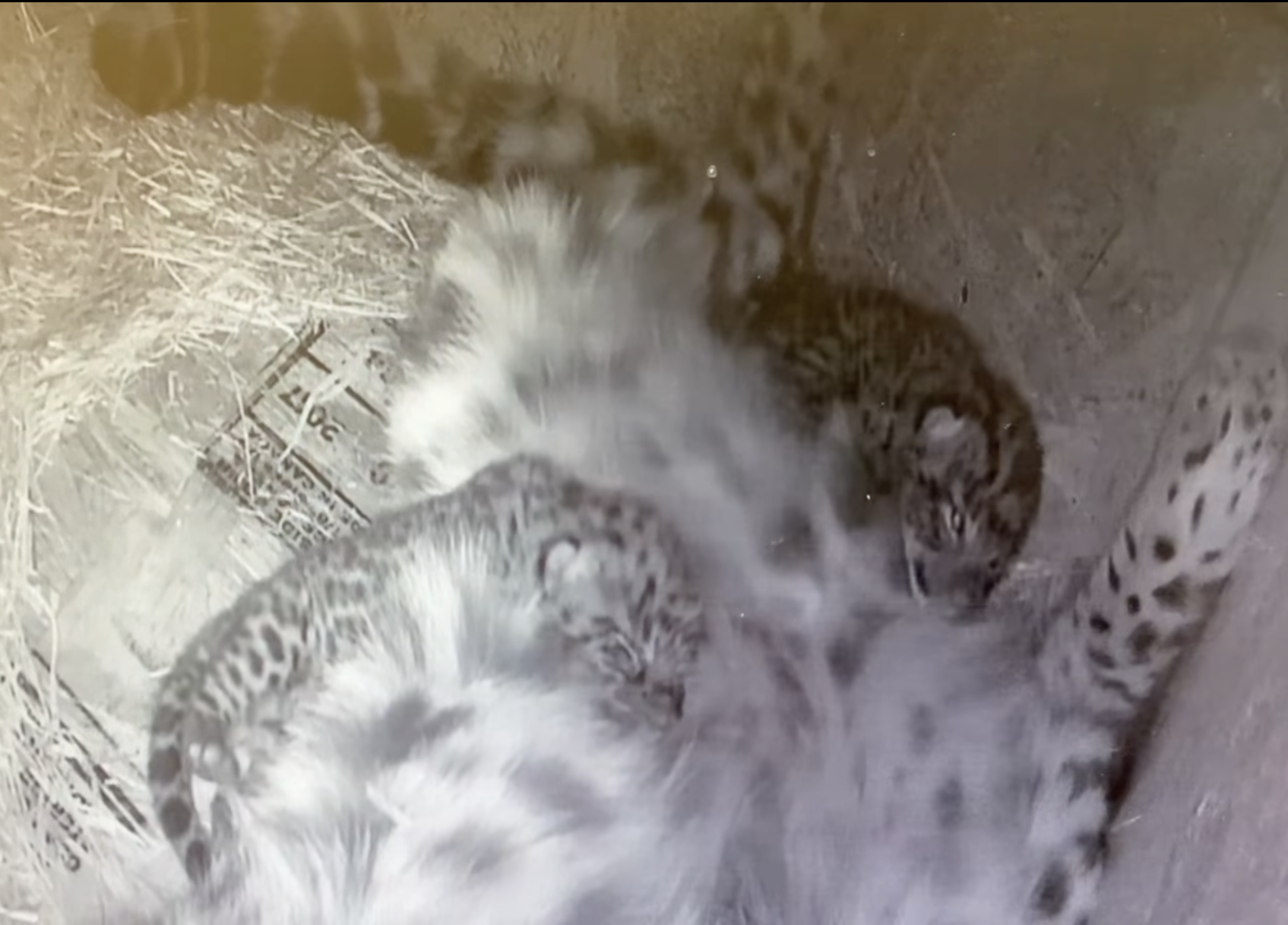Facilitating Thoughtful Introductions Between Pets
Bringing a new pet home is exciting, but it can also feel like a sudden jolt to everyone’s routine. For your new arrival, it’s an overwhelming change; for your resident pets, it can feel like an unexpected shift in their world. While the end goal is for everyone to coexist happily and share the home, rushing the process or skipping steps can create stress and even safety risks.
That’s why a thoughtful, step-by-step integration plan is so important. There’s no single formula that works for every family, but there are guiding principles that help new and established pets feel secure along the way. While the timeline varies from case to case, the initial discomfort of change is temporary—and the small victories along the way are worth celebrating.
Starting with a Safe Space
Begin by setting up a room or section of your home that belongs just to your new pet. This space should be fully closed off from the others so there’s no direct contact or opportunities for paws and noses to reach through. Stock it with all the essentials—food, water, a litter box or potty route, beds, hiding spots, and other species-appropriate enrichment.
The size and setup depend on the pet: dogs generally need more horizontal space and access to the outdoors, while cats benefit most from vertical climbing, hiding spots, and we highly recommend a catio whenever possible.
A safe space is ideally temporary but essential at first. It’s also smart to plan for potential short-term (a few months) and long-term (even years) needs. Sometimes pets may get along most of the time—say 98% of the time—but having a dedicated space for each animal allows them to take a break when needed and can actually help foster a lasting, positive relationship.
Getting to Know the Lay of the Land
Once your new pet feels comfortable, you can slowly expand their access to the house. While your other pets are occupied in another room with something enjoyable, let the newcomer explore one new area at a time—starting just outside their safe space.
Keep their escape route back to the safe space open, and use treats or praise to encourage confidence. Some hesitation is natural; move at their pace, and wait for signs of comfort before introducing the next space. Short, frequent exploration sessions a few times a day work best.
“Howdies”
In my zookeeping days, we called the first stage of introductions “howdies.” This simply means letting animals see and smell each other through a secure barrier. Ideally, there’s a little buffer of space so they can’t touch. A double-gate system often works well.
Your role is to supervise closely. Relaxed body language, curiosity, or calmly hanging out near the gate are good signs. Stiffness, growling, hissing, barking, or retreating are signals that they need more time before direct contact.
Keep sessions short and positive—maybe just 5-15 minutes at first, depending on how they are doing, then gradually longer. Reinforce calm, curious behavior with rewards so the animals associate each other with good things.
Prepping the Shared Space
When it’s time to meet face-to-face, set the stage for success with:
Escape routes – Cats need vertical options and a clear path back to their safe room. Dogs benefit from wide-open areas like an open-concept living room, backyard, or rented Sniffspot, where they can move freely. For safety, it’s often helpful to have someone ready to quickly open or close doors to the safe space, allowing fast separation if needed.
Shared reinforcers – Provide enrichment that encourages exploration around one another, spaced strategically, without creating competition. For dogs, a space with novel smells and activities can do the trick. For cats, think cat trees, shelves, boxes, scented toys, or even a bird feeder outside a window—anything you know they already enjoy.
Reliable cues – Practice recall and other helpful cues ahead of time so you can call pets away if needed. These cues should always predict something positive—like a treat, a favorite toy, or learning the retreat path to a safe space when they need a break.
Start and Stop Signals
Predictability builds confidence. Before opening barriers, establish a routine so pets recognize the signs of an introduction beginning. Likewise, end sessions with consistent closing cues (like a barrier closing between them) and rewards, so the experience feels positive from start to finish.
When I worked with two Amur Leopards, we developed structured routines for both the start and end of introductions. That process helped the animals feel safe—and eventually, those leopards became parents to two beautiful cubs. While your pets aren’t leopards, the same principle applies: consistency matters.
Amur Leopards, Mango & Basha with mom, Anya @ Cheyenne Mountain Zoo— a Species Survival Plan success for the most endangered cats in the world.
Using Behavior and Time as Measures
Time alone doesn’t determine success—behavior does. Think of time as a pressure dial: the longer pets share space, the more tension can build. Keep sessions short at first, then gradually lengthen them, always watching for signs of comfort or stress.
Successful introductions look like animals moving freely around each other, showing natural curiosity, engaging with enrichment, communicating with one another, or calmly coexisting. Some mild conflict—like a hiss or growl followed by giving space—is normal and can be effective communication. However, if interactions escalate to fights, it’s time to pause and seek professional support.
Introducing pets takes patience, observation, and empathy. With structure and care, you’ll set them up to build trust at their own pace.
At Good Dog & Co., we specialize in supporting families through this process. If you’d like guidance with your introductions, we’d be happy to help.
If you are ready to get started, schedule a consultation today.


